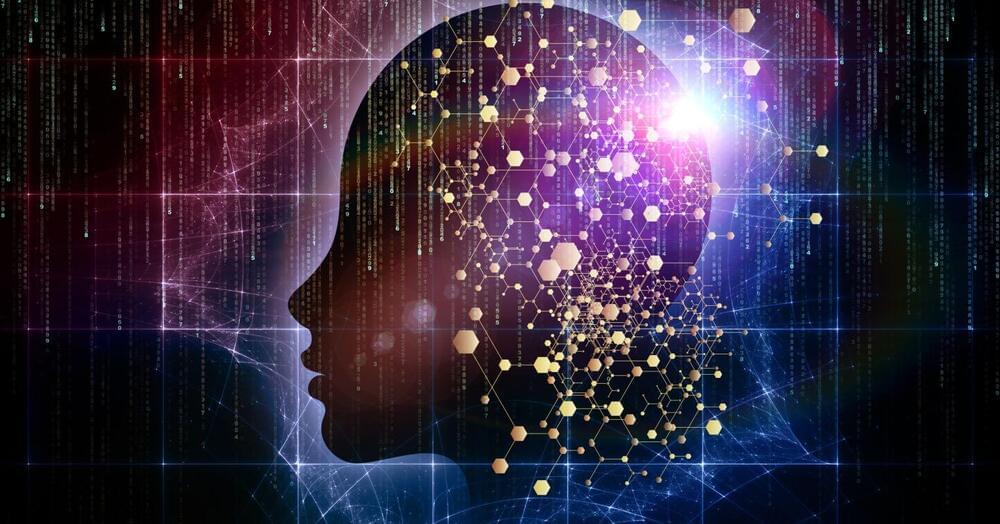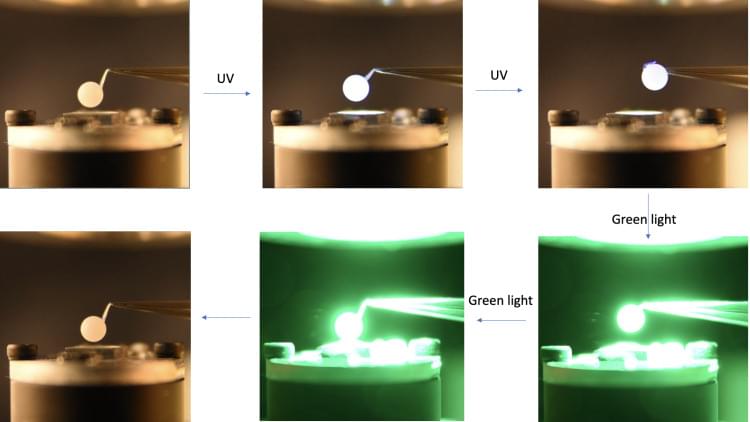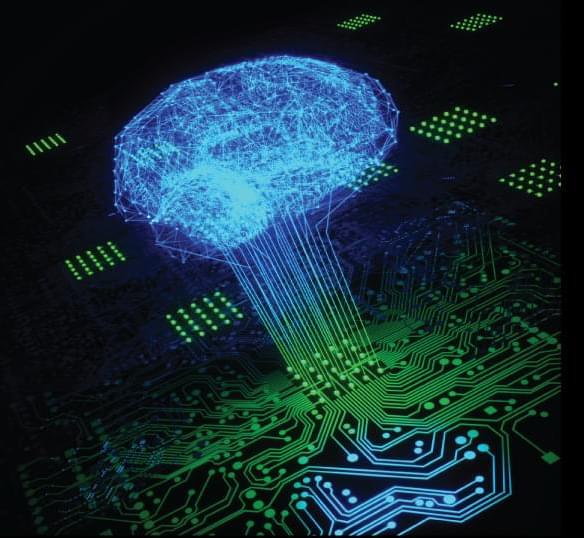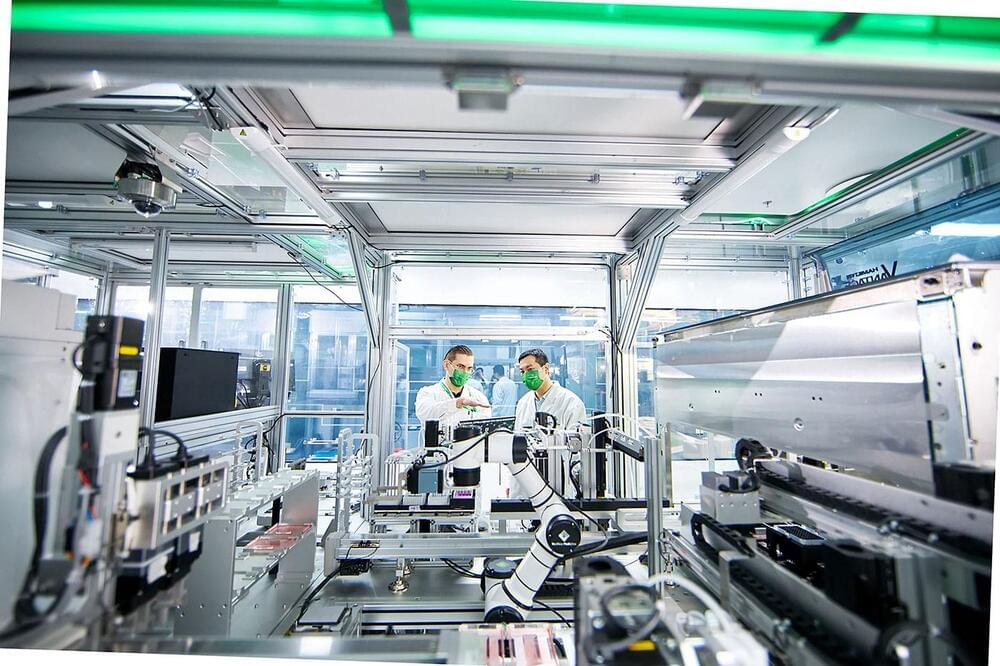Page 1500
Aug 24, 2023
Researchers Manipulating Time Cause First-Ever Successful Photon Collisions
Posted by Dan Breeden in categories: computing, engineering
Researchers have successfully forced electromagnetic (EM) waves that usually pass right through each other to collide head-on by manipulating time, made possible with the unique properties of metamaterials.
Inspired by the concept of using macro-scale waves like tsunamis or earthquakes to cancel each other out, the manipulation of time interfaces to cause these photons to collide instead of pass through each other could open up a wide range of engineering applications, including advances in telecommunications, optical computing, and even energy harvesting.
Is Using One Wave to Cancel Another Wave Possible?
Aug 24, 2023
An Overview of the Leading Theories of Consciousness
Posted by Dan Breeden in category: neuroscience
Aug 24, 2023
Black Hole May Have Formed by Direct Collapse
Posted by Dan Breeden in category: cosmology
Astronomers may have spotted a supermassive black hole in the early universe that formed when a gargantuan gas cloud imploded.
The black hole’s host galaxy, UHZ1, was spotted in James Webb Space Telescope (JWST) observations of galaxies in the early universe. These distant galaxies’ light has been bent and magnified by the intervening galaxy cluster Abell 2,744, bringing them into view.
Ákos Bogdán (Center for Astrophysics, Harvard & Smithsonian) and others used the Chandra X-ray Observatory to take a second look at 11 of the lensed galaxies. Based on which wavelengths the galaxies are detectable at, each of the 11 appeared to lie at a redshift greater than 9, which means they’re shining at us from the universe’s first 500 million years. The team picked up X-rays from just one galaxy, the most magnified of the bunch.
Aug 24, 2023
Joscha Bach, Yulia Sandamirskaya: “The Third Age of AI: Understanding Machines that Understand”
Posted by Dan Breeden in categories: futurism, robotics/AI
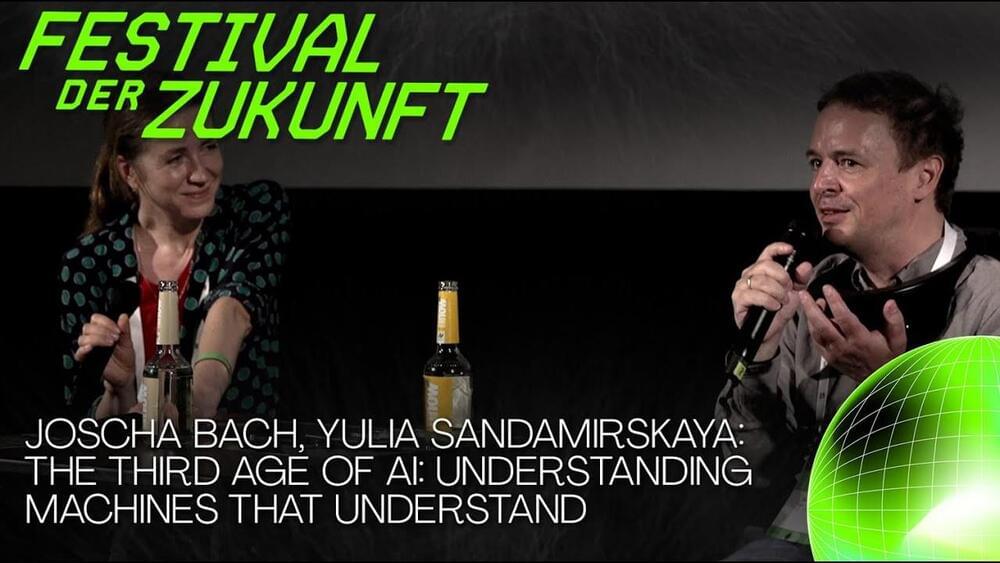
Discussion with Joscha Bach and Yulia Sandamirskaya, both Intel, at the Festival of the Future 2022 by 1E9 and Deutsches Museum.
When cognitive computing meets neuromorphic computing: In their indepth dialogue at the Festival of the Future Joscha Bach, Principal AI Engineer at Intel, and his colleague Yulia Sandamirskaya, who works as a Research Scientist at Intel in Munich approach the new era of AI from two fascinatingly different angles.
Aug 24, 2023
How the Brain Makes You: Collective Intelligence and Computation by Neural Circuits
Posted by Dan Breeden in category: neuroscience
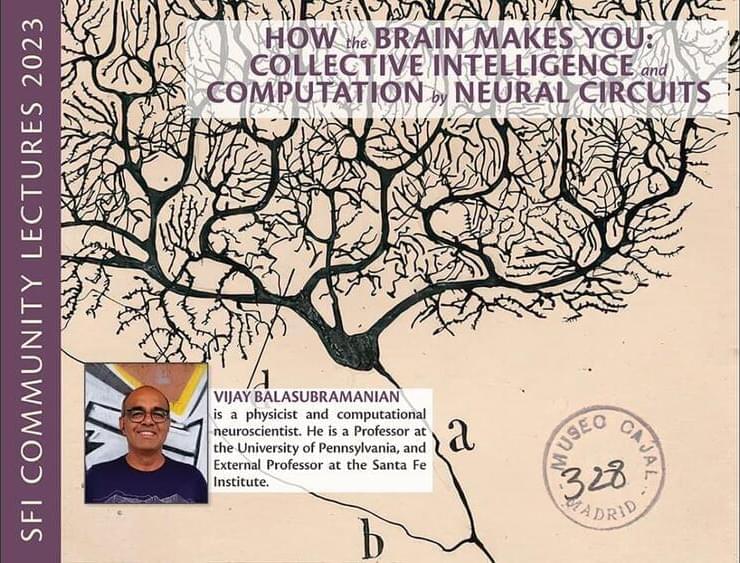
Vijay Balasubramanian University of Pennsylvania, SFI The human brain consists of a 100 billion neurons connected by a 100 trillion synapses. In its computa…
Aug 24, 2023
CU Boulder researchers develop arrays of tiny crystals that deliver efficient wireless energy
Posted by Omuterema Akhahenda in categories: biotech/medical, chemistry, drones, military, robotics/AI
Imagine a person on the ground guiding an airborne drone that harnesses its energy from a laser beam, eliminating the need for carrying a bulky onboard battery.
That is the vision of a group of CU Boulder scientists from the Hayward Research Group. In a new study, the Department of Chemical and Biological Engineering researchers have developed a novel and resilient photomechanical material that can transform light energy into mechanical work without heat or electricity, offering innovative possibilities for energy-efficient, wireless and remotely controlled systems. Its wide-ranging potential spans across diverse industries, including robotics, aerospace and biomedical devices.
In a new study published in Nature Materials, the Hayward Research Group has developed a novel and resilient photomechanical material that can transform light energy into mechanical work without heat or electricity. The photomechanical materials offer a promising alternative to electrically-wired actuators, with the potential to wirelessly control or power robots or vehicles, such as powering a drone with a laser beam instead of a bulky on-board battery.
Aug 23, 2023
Machine-learning system based on light could yield more powerful, efficient large language models
Posted by Shubham Ghosh Roy in category: robotics/AI
An MIT machine-learning system demonstrates greater than 100-fold improvement in energy efficiency and a 25-fold improvement in compute density compared with current systems.
Aug 23, 2023
If AI becomes conscious, how will we know?
Posted by Shubham Ghosh Roy in categories: ethics, robotics/AI
Adeel Razi, a computational neuroscientist at Monash University and a fellow at the Canadian Institute for Advanced Research (CIFAR) who was not involved in the new paper, says that is a valuable step. “We’re all starting the discussion rather than coming up with answers.”
Until recently, machine consciousness was the stuff of science fiction movies such as Ex Machina. “When Blake Lemoine was fired from Google after being convinced by LaMDA, that marked a change,” Long says. “If AIs can give the impression of consciousness, that makes it an urgent priority for scientists and philosophers to weigh in.” Long and philosopher Patrick Butlin of the University of Oxford’s Future of Humanity Institute organized two workshops on how to test for sentience in AI.
For one collaborator, computational neuroscientist Megan Peters at the University of California, Irvine, the issue has a moral dimension. “How do we treat an AI based on its probability of consciousness? Personally this is part of what compels me.”
Aug 23, 2023
AI Takes On Drug Discovery
Posted by Shubham Ghosh Roy in categories: biotech/medical, robotics/AI
From target screening to image analysis, companies are using machine learning tools to explore the unknown.


